Show and Tell: Artists’ Favorite Live Shows (Part One: Anastasio to Hunter)
Much of what we do at Relix centers on the majesty of the live music experience. So in honor of our 40th anniversary, we’ve asked many of the artists we’ve featured in the magazine to share their perspectives as concertgoers and identify the live shows that have resonated with them.
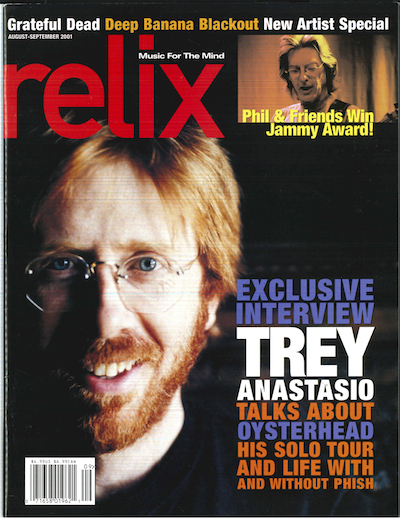
Trey Anastasio (Phish)
In 1983, King Sunny Adé came to Memorial Auditorium in Burlington. No other live concert I can remember has had as profound an effect on me as that one did. There were what seemed like 22 or 23 people onstage—three or four guitars including steel, talking drums, bass, drum kit—and everyone was playing tiny, interwoven parts, but it was not a thick sound, it was a spacious landscape of sound that reminded me of the sound of tree frogs on a tropical night. Layers and layers of sound that somehow fit together perfectly, and it seemed like every single person in the building was dancing their ass off without a shred of self-consciousness.
I remember looking around the room and being flabber- gasted. No angst, no arms crossed in judgment. The doormen and doorwomen were dancing, the ushers, little old ladies, children, concession people—everyone was dancing. I danced crazily in the front row with Fish, who I had met that fall. It was the most inclusive music I’d ever heard in my life, and I’ve spent my entire musical life chasing it. That’s not an exaggeration. I started TAB rehearsals last week, and when the band walked in the room, I had the live YouTube of “Synchro System” from 1983 playing on the TV. Virtually every mix session I’ve been part of has started with me playing Synchro System for the engineer and saying, “This is the concept, an inclusive group sound. Layers—every sound is an equally important part of the whole.”
I’ve played it for live mix engineers, and I’ll play it for FOH engineer Garry [Brown] yet again at the start of my upcoming tour. The Horseshoe Curve was full of blatant attempts to copy King Sunny Adé but using horns. Honestly, much of Phish and TAB has been chasing that inclusive, layered group dance sound since both bands’ inceptions. “Foam” was an attempt at that kind of layered writing. Every time I play those little three note patterns on the guitar as rhythm (which I do probably 20 times a night at every Phish concert), I’m copying the King Sunny Adé guitar players. Synchro System is still one of the records that we consistently play in our house. If you ever come over for tea, there’s a good chance it will be playing.
I played it for Don Hart when he started working on the orchestral arrangements for our orchestra shows. He and I had long conversations about how the orchestra, being a large group of musicians, might incorporate some of those West African musical concepts. The “Including Your Own Hey” Phish exercises are a direct descendant of that music.
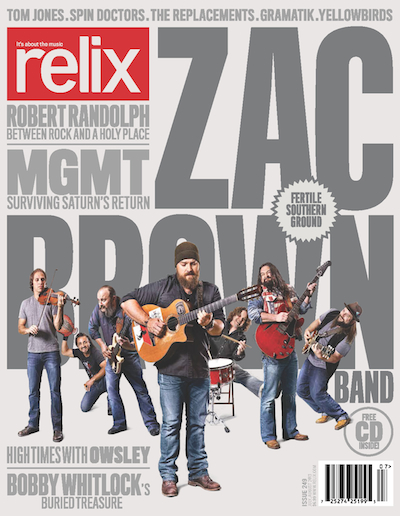
Zac Brown (Zac Brown Band)
When I was Junior in high school, I saw Pink Floyd’s Division Bell concert at Bobby Dodd stadium in Atlanta. The show opened with the sound of a helicopter flying over, thundering from left to right. There were huge inflatables that were slowly turning into angry animals, a colossal mirror ball. The music was beautifully orchestrated and David Gilmour’s guitar tone was reinforced by the production. I realized that a great concert takes you on a journey and far transcends people on a stage playing music. I was in the belly of a musical beast and I have hungered for that feeling ever since.
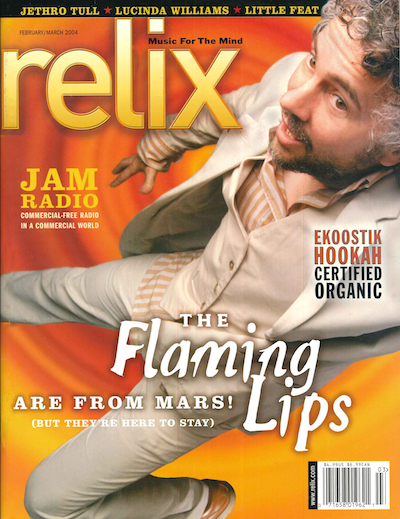
Wayne Coyne (The Flaming Lips)
Björk at one of the Tibetan Freedom benefit concerts put on by the Beastie Boys in San Francisco. After watching a couple of clunky indie groups with bad sound and bad attitudes, it was refreshing to see Björk smiling and bouncing and sounding otherworldly! Just her standing alone onstage singing—no drummer, no guitar players, no attitude—just her music and her beautiful voice and her way of being.
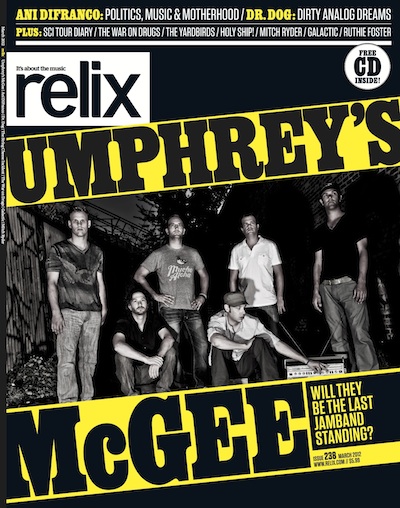
Joel Cummins (Umphrey’s McGee)
The number one most important show I have ever seen has to be Roger Waters in Berlin in 1990. I was over there on a high school exchange program and just happened to be in Berlin for three days, and one of those nights it was happening. I can’t believe that things lined up like that. I played Pink Floyd tunes in bands in junior high leading up to that, so I was very familiar with the catalog, and then, the fact that he was playing The Wall, in no man’s land between what was formerly East and West Germany. If you’d been out there a year earlier you would have gotten shot, so there’s some really striking imagery to go along with what was there. It was crazy. Then, just the magnitude of the show—400,000 people there attending it. Scorpions and Bryan Adams and the guys from The Band and frickin’ Cyndi Lauper—all of these stars. Scorpions come out on the stage to play “In The Flesh” to start the show, and they came out in a limo escorted by motorcycles onto the stage. I mean how much more badass can you be? And Roger, of course, just killed it. The production was insane, so it really was a powerful experience for me, to show me what a rock-and-roll concert can be, but it can also be an experience that has meaning on further levels. That isn’t necessarily what Umphrey’s is trying to do directly, but it kind of taught me about leaving room for interpretation, that you can experience songs in such a different way, that they can have all this meaning for different people. So that was mind-blowing for me.
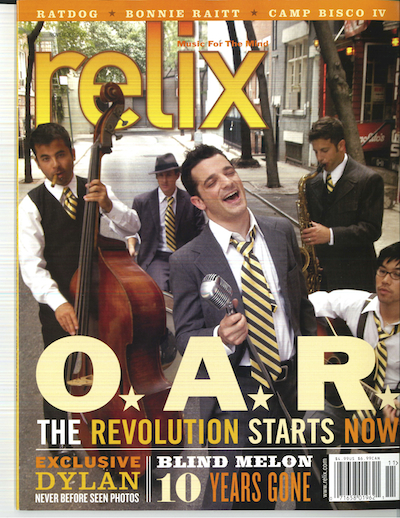
Jerry DePizzo (O.A.R.)
The most memorable and impactful performance I’ve seen didn’t happen on a stage or in front of an audience. It happened during a rehearsal for a Yukon Kornelius show in 2012. The band had been running through songs for the following evening’s set. Not going full steam, but just getting comfortable with the tunes and having a couple of laughs. Mike McCready walked in with his guitar’s gig bag slung on his shoulder. He said a couple of hellos while plugging in and twisted a few knobs on his rented Marshall amp. Jimi Hendrix’s ”Fire” was the next song on the set and that’s what we got. Mike ripped through the song from its first note and damn near melted the frets off the guitar. Even the road crew in the room gave him a standing ovation. Trust me: That’s saying something. McCready’s performance struck a chord with me. Mike and the rest of Pearl Jam have sold more records, played for more people and seen more of this world than anyone could hope to, yet he still played with the intensity and determination of someone stepping onstage for the first time with nothing to lose and everything to prove.
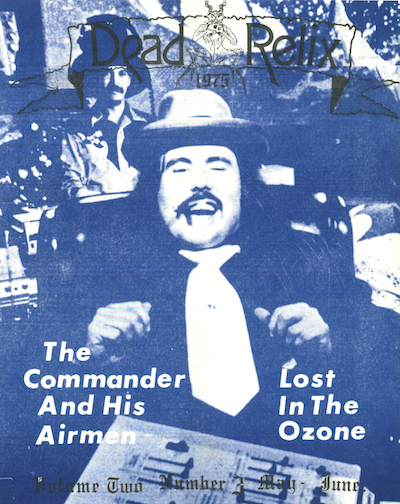
George “Commander Cody” Frayne
I don’t go to shows a lot but [I saw] Ray Charles at the Venetian Room at the Fairmont Hotel [in San Francisco]. In 1974, Ray Charles did a show and there was no microphone on anything, except the vocals. It was so quiet. You could hear every little thing. He kept saying, “Bring it down. Bring it down.” You could hear every keystroke. It was the most impressive thing I’ve ever seen. I had seen Ray Charles at a bar in Toledo, Ohio before. It was incredible. He had the whole orchestra. I was totally blown away. It was completely packed with people like Gregg Allman and The Pointer Sisters. It was just an incredible night.
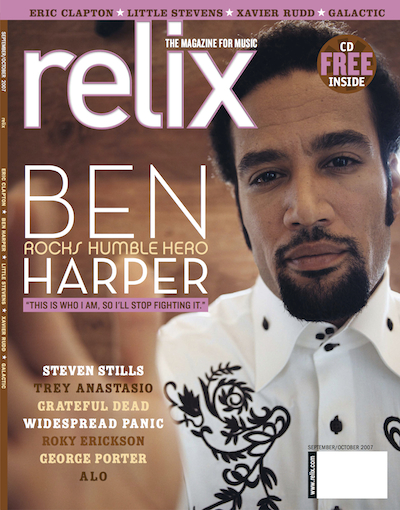
Ben Harper
Bob Marley & The Wailers, Starlight Amphitheater, Los Angeles, 1979. I was 10. As the Wailers kicked into “Get Up, Stand Up,” Peter Tosh marched out onstage. (No one knew Tosh was in the building.) This was the first time Peter and Bob had been onstage together since the original Wailers. They, of course, brought the house down. People couldn’t believe what they were seeing. I still have the poster, T-shirt and ticket stub.
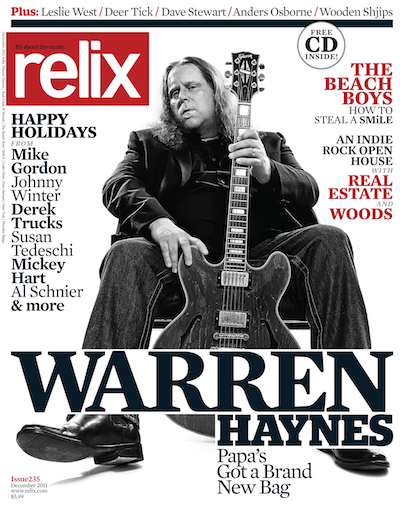
Warren Haynes (Allman Brothers Band/Gov’t Mule)
Frank Zappa at the Fox in Atlanta 1978. I was a senior in high school and drove to Atlanta from Asheville, N.C. It turned out to be only time I got to see him. He did two separate shows in the same night. I went to the first one. A friend of mine went to both and after let me know that they only repeated one song. That made a lasting impression on me that clearly has carried over into my own musical philosophy. Despite it being two different audiences, Frank had not only the repertoire but the mindset to play (almost) completely different concerts at a time that wasn’t at all common. In case you’re wondering, the song they repeated was “Honey, Don’t You Want a Man Like Me?”
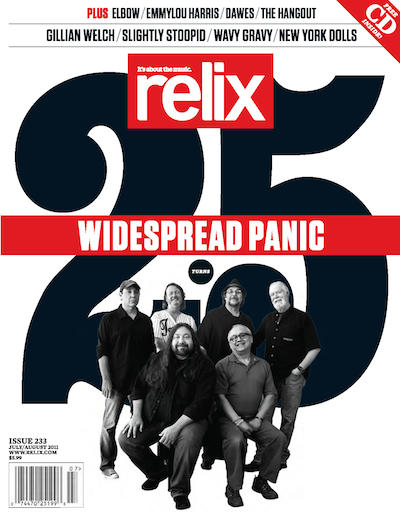
Jimmy Herring (Widespread Panic/Aquarium Rescue Unit)
The thing that knocked me out the most in a long time was the Quebe Sisters Band. They’re three girls from Texas. All three of them play fiddles and all three of them sing like angels. They do three-part harmonies in the style of The Andrews Sisters. But what they’re doing is more like Western swing, like Bob Wills & His Texas Playboys. They’re playing ancient tunes, songs that the world needs. I mean, these girls are for real. They’re singing some of the most intricate harmonies and they’re playing timeless music from the ‘30s, ‘40s and ‘50s. You have to see them to believe it. It’ll make the hair on your neck stand up.
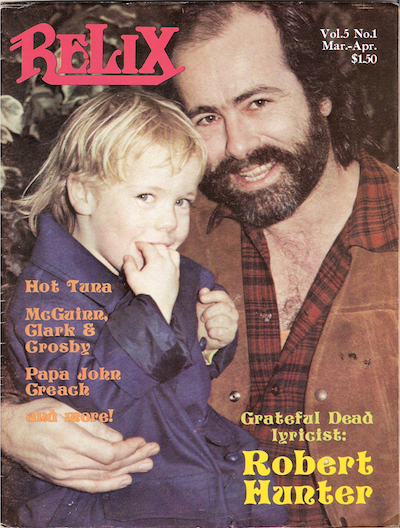
Robert Hunter
The Fillmore Acid Test was the peak—none superseded it. It was all there, we were all one at long last, the good ol’ cops tried to shut it down and the Grateful Dead played on and on and on…right through the next decade and well beyond.



















